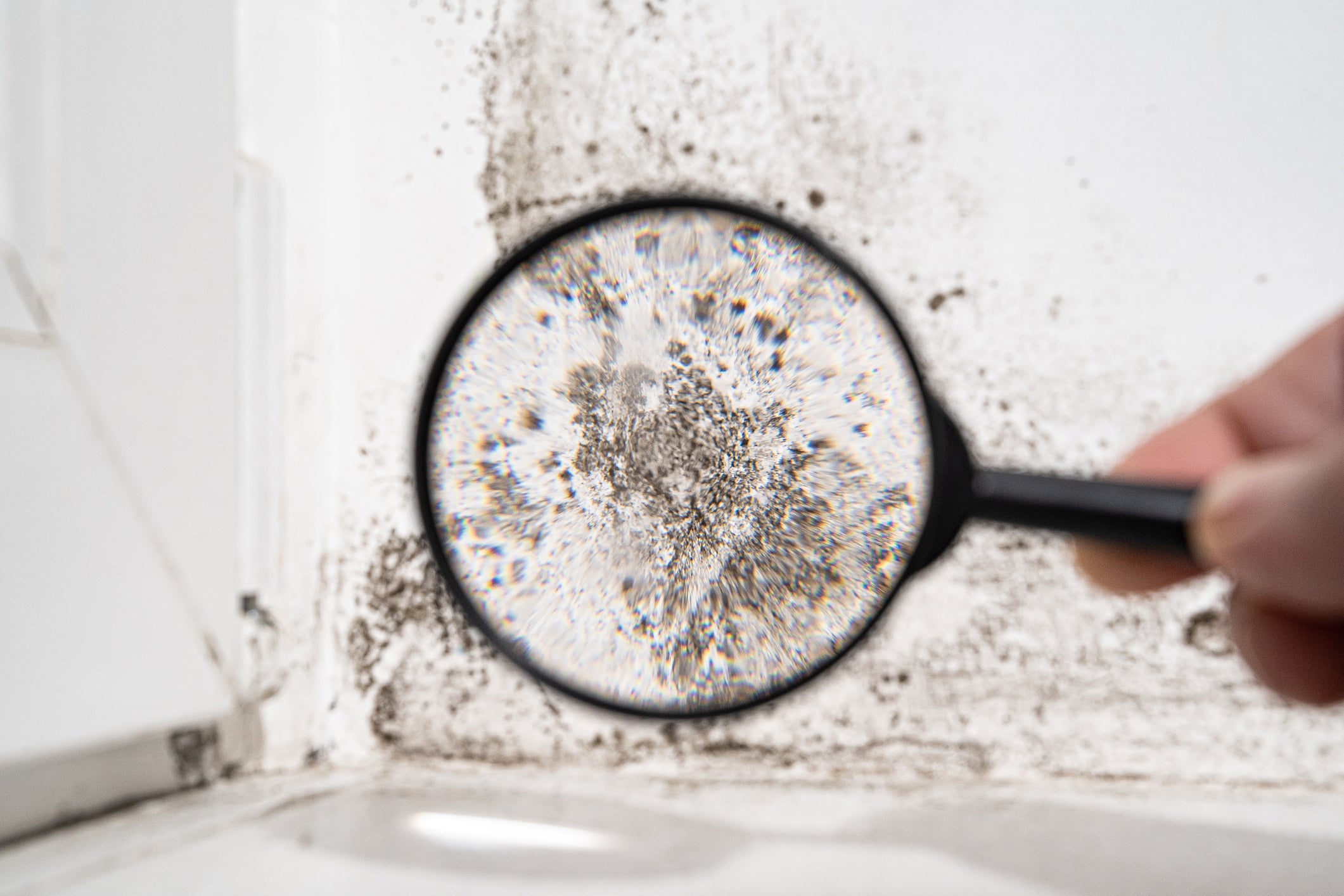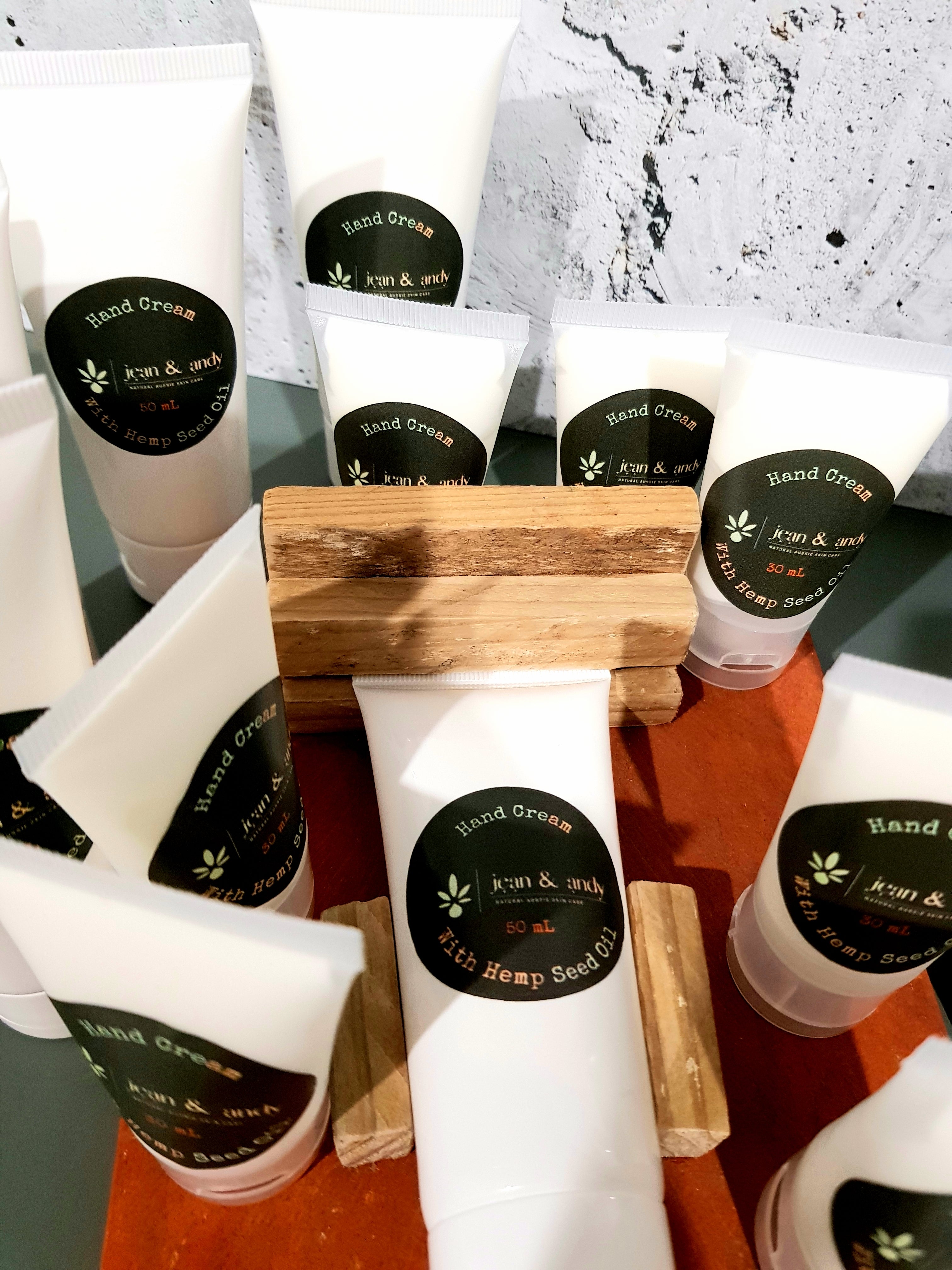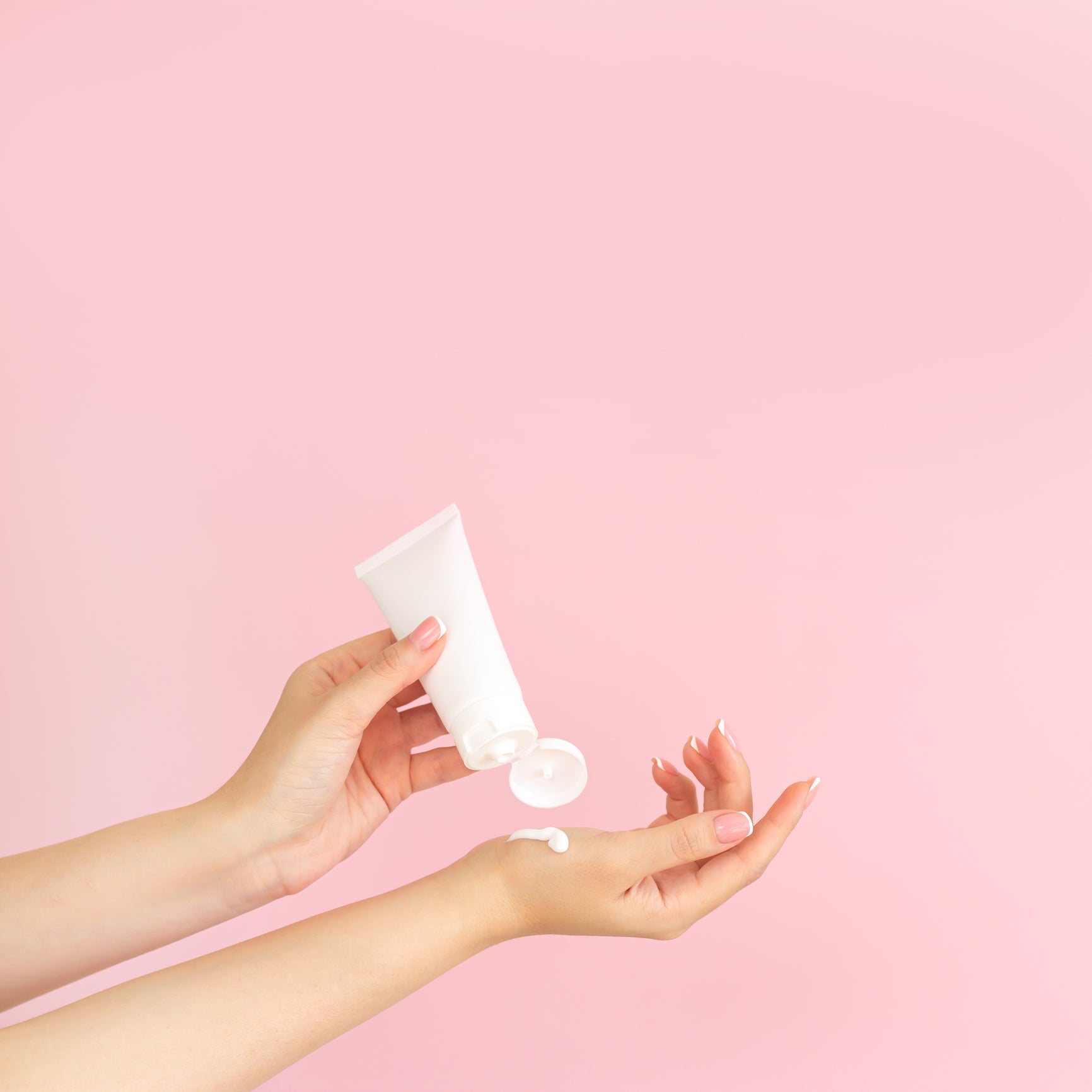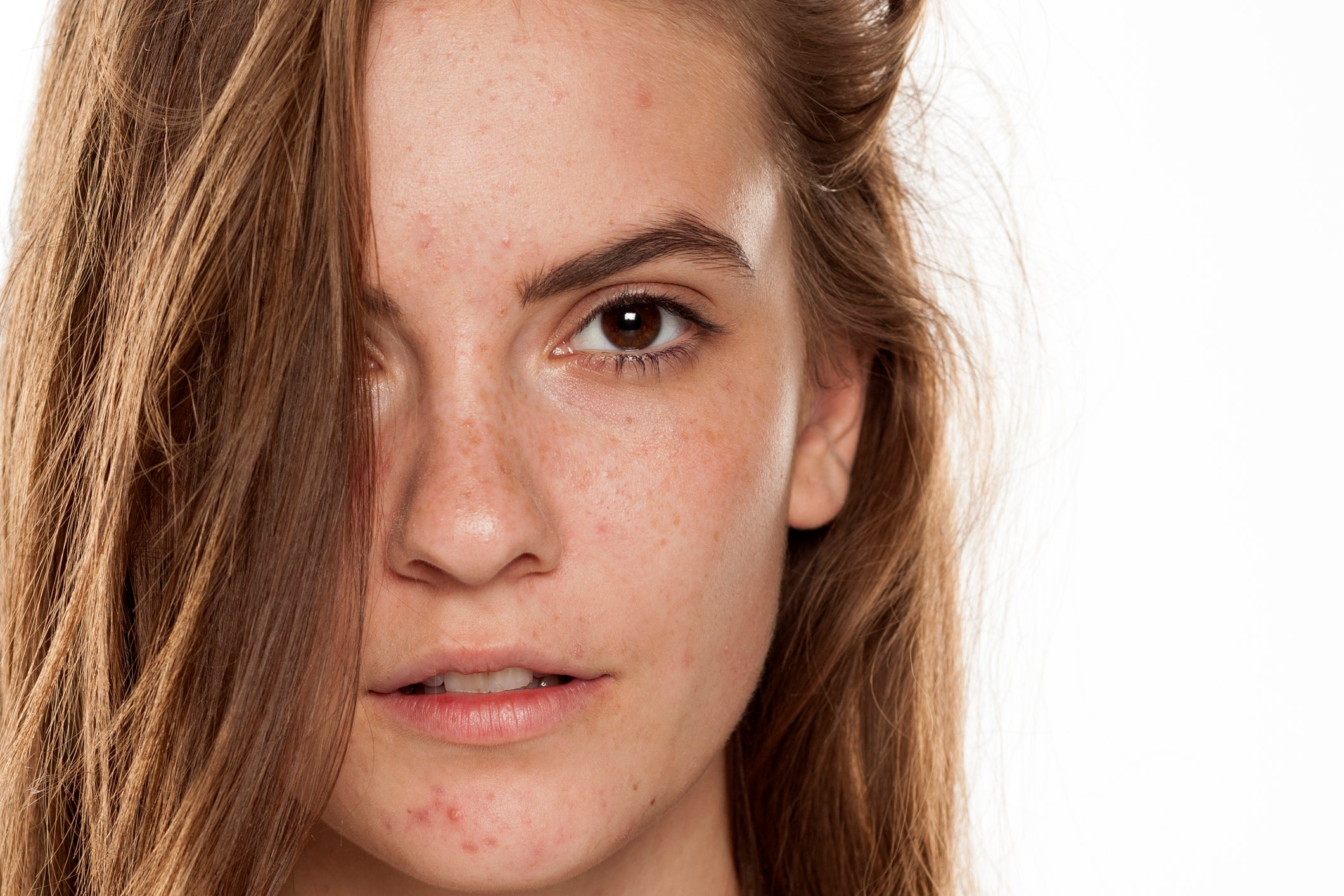
What preservative is that?

We get asked pretty much every week if our products are organic. Tricky question to answer since we use both synthetic and naturally occurring preservatives in our products!
Without preservatives, any cosmetic product may last 2 weeks in refridgeration (if we are lucky!) before growing all sorts of bugs...
This blog delves deeper into the world of preservation and stability in skin care products.... and what defines a natural or organic product??
Let's start with the definition of natural skin care, which generally refers to products which have been formulated with ingredients from nature such as plants, fruits, flowers, herbs, minerals and other natural sources such as aloe vera, lavender, chamomile, oils, and essential oils. Some advocate that minimal processing represents natural, however, some butters and oils in their crude form are not appealing to the senses and the refined version is preferred for its lighter texture and smell.
It is important to note that the term natural is not regulated and there is no standard accepted definition, and may mean different things to different people!
Even some skin care ingredients/additives which are Ecocert/COSMOS acceptable, are in fact synthetic...go figure! It can get tricky to know where a skin care manufacturer sits within these confusing definitions! We frequently get asked if we are organic, and we have to say not 100%, as we have deliberately chosen to use a preservative system that works for us, but not considered organic.
You may have heard of parabens, a class of synthetic chemicals largely used as preservatives and were widely used in cosmetics for their preservative action. Of late, they have been getting bad press due to limited evidence that they may accumulate over time and mimic oestrogen in the body. The USFDA (Food and Drug Administration) has deemed them to be safe in low concentrations, however, many manufacturers and consumers have turned away from manufacturing and purchasing products with parabens in them, and instead turned to alternative preservatives, such as phenoxyethanol, ethylhexylglycerin etc, which are two of our main preservatives.
Lets' delve in!
Phenoxyethanol is a synthetic (but considered natural) preservative commonly used in cosmetics and skin care products. It's a great preservative as it inhibits the growth of broad spectrum micro-organisms such as bacteria, mould, and yeast, and has great stability in terms of temperature, dermal sensitisation and pH levels, and so can be used in many types of formulations. Usage levels are 0.50-1.00%
Ethylhexylglycerin is also a synthetic compound with multi-functional capabilities. It is also our second in line preservative! We use it mainly for its preservative boosting abilities, which allows us to use a lower level of Phenoxyethanol. That's a win-win, but did you know that Ethylhexylglycerin is both skin conditioning/softening and deoderising? It can also help to improve the feel and texture of cosmetic and skin care products...and also helps to stabilise and extend the shelf life of products. It is considered safe for those with sensitive skin, and is compatible with a wide range of formulations.
Potassium Sorbate is a commonly used preservative in the food, wine and cosmetic industry. It has broad spectrum abilities to inhibit growth of fungi, yeast and mould. In cosmetics and skin care, potassium sorbate helps to extend the shelf life, and is stable under a wide range of conditions such as temperature and pH, and is a versatile ingredient.
Sodium Phytate is the last part of our preservation 'chain'! Also known as phytic acid, it is the sodium salt derived from plants, particularly grains and oil seeds. It is used as a chelator, which means it binds with metal ions such as calcium, iron and magnesium, which have the potential to degrade cosmetic formulations. Phytic acid has anti-oxidant properties that can help protect skin from oxidative stress caused by free radicals associated with premature aging of skin! It also functions as a skin conditioning agent that improves the feel and texture of a skin care product.
So that's our four elements of our preservation system! To break it down, here's how much we use per 100 grams of a product:
Phenoxyethanol- 0.91%
Ethylhexylglycerin- 0.09%
Potassium Sorbate- 0.20%
Sodium Phytate- 0.20%
Which is 1.40% of our total formulation, and leaves us with 98.60% of goodness for your skin!!
Can we say the same things about Ecocert/COSMOS friendly preservatives?
Starting with a preservative that has become a bit of a buzz term in the world of natural/organic preservatives!
Phytocide Elderberry OS is now being marketed as a natural preservative, as opposed to an anti-oxidant facial extract.
Trade Name: Phytocide Elderberry OC
INCI: Sambucus nigra fruit extract
pH Range: 3-9
Usage: 1-5%
Natural or Synthetic? Natural
Protects against:
-gram positive bacteria? Poor
-gram negative bacteria? Poor
-fungi? NO
** This 'preservative' is oil soluble, so basically not effective in water-based products such as serums, gel cleansers, face spritzers. Even in a cream, this preservative will gravitate and 'hang out' with the butters and oil in the formula, whereas it is the water based ingredients that are at most risk of growing bugs!! And so it is recommended that this preservative is combined with Leucidal (another preservative) at 2-4% to be effective (you may need up to 9%). It just doesn't make sense!
Let's take a closer look at some of the more common natural preservatives, and whether they are broad spectrum...
Trade Name: Preservative Eco; Geogard ECT; Plantaserv M
INCI: Benzyl Alcohol & Salicylic Acid & Glycerin & Sorbic Acid
Usage: 1%
pH Range: below 5.5
Natural or Synthetic? Natural
Protects against:
- gram positive bacteria? Yes
-gram negative bacteria? Somewhat
-fungi? Poor
** Over time benzyl alcohol oxidises to benzaldehyde resulting in an almond odour**
Trade Name: Dermosoft 1388 ECO
INCI: Glycerin, Aqua, Sodium Levulinate, Sodium Anisate
Usage: 3.5%
pH Range: 5-5.3 (can cause emulsion separation if the pH goes below 5)... very narrow range, so very limited use!
Natural or Synthetic? Natural
Protects against:
-gram positive bacteria? Moderate
-gram negative bacteria? Moderate
-fungi? No
(According to the manufacturer: 'In emulsions, a combination with antimicrobial surface active substance (e.g. dermosoft® GMCY) is recommended to improve the performance') In reality this means adding another preservative at 1% so we are up to 5% already!)
Let's look at Dermosoft GMCY next...
Tradename: Dermosoft GMCY
INCI: Glyceryl Caprylate
Usage: 1%
pH Range: 4-7
Natural or Synthetic? Natural
Protects against:
-gram positive bacteria? Yes
-gram negative bacteria? No
-fungi? No
(So, this combination does not cover fungi, so another preservative needs to be added that has strong anti-fungal properties!
Let's look at Benzoic Acid next.
Trade Name: Benzoic Acid
INCI name: Benzoic Acid OR Potassium Benzoate OR Sodium Benzoate
Usage: 0.30%
pH Range: less than 5
Natural or Synthetic? Natural
Protects against:
-gram positive bacteria? Yes
-gram negative bacteria? Poor
-fungi? Yes!!!!!!!!!
(Although the chemical naturally occurs in many plants species such as cranberry, bilberry and apples, the compound is now synthetically produced in order to cater for the huge demand. It has been reported that global production of Benzoic Acid exceeds 480,000 tons per year). However, it is considered a natural preservative.
So you can see that the total is three different preservative blends at a rate of 5.30% per 100 grams. Dependant on what preservatives are used in combination, the higher percentage also carries a higher risk of skin irritation/reactions, and needs to be taken into consideration.
A popular preservative that is being used more and more is Naticide®, which you may see listed on cosmetic labels as 'parfum'or 'fragrance'. As it is trademarked, cosmetic formulators can not used the name 'naticide'. It must be listed as 'parfum' or 'fragrance'. The problem here is as formulators, we do not know the exact ingredients, and it challenges our ethos of transparency in labelling of ingredients. Therefore, we do not use this.
Trade Name: Parfum or Fragrance
INCI Name: Parfum or Fragrance
Usage: 0.30-1.00%
pH Range: 4-9 for anti-microbial protection. It not stated what pH is needed for fungi/mould
Natural or Synthetic? Natural
Protects against: It is stated that it is a broad spectum preservative.
Parfum is listed as vegetable derived, with a sweet almond/vanilla aroma, which can be used to state 'preservative free' in cosmetic products. However, it is not known what the actual ingredients are!
As you can see, it's not cut and dried when it comes to effective preservation systems!
We believe our careful combination of preservatives are effective, at smaller percentages, and allows for more goodness in our products.
jean & andy 💚





Leave a comment
This site is protected by hCaptcha and the hCaptcha Privacy Policy and Terms of Service apply.